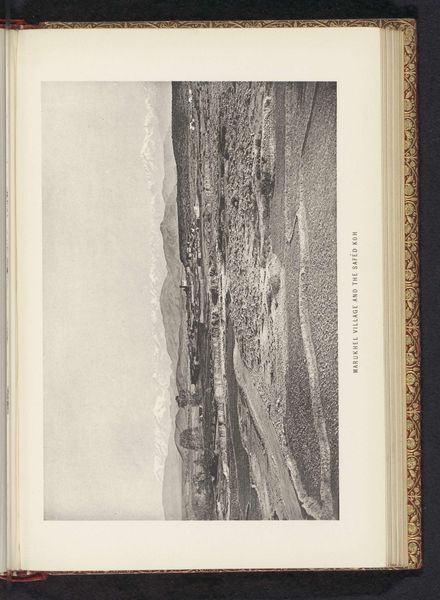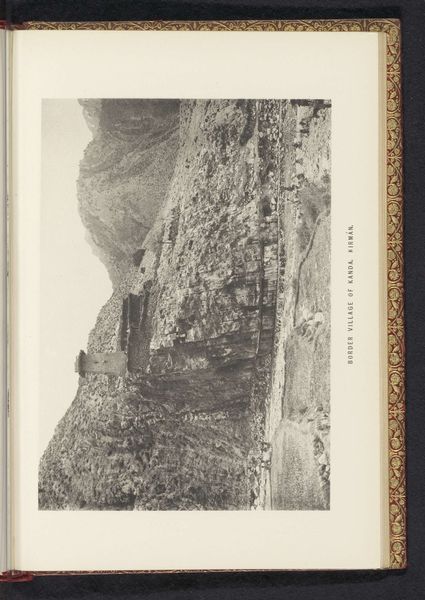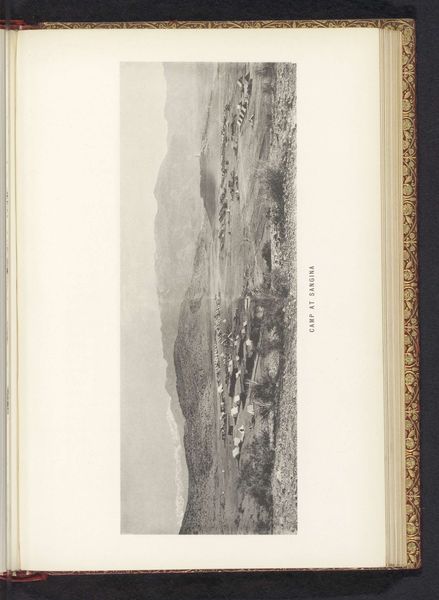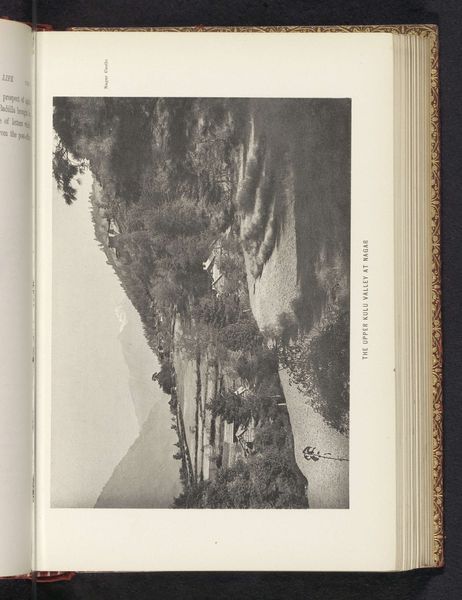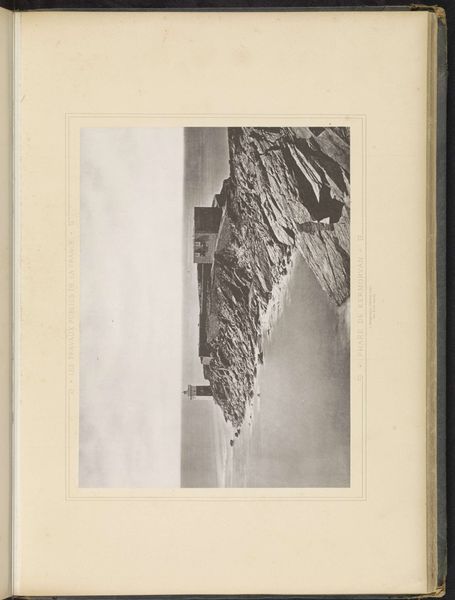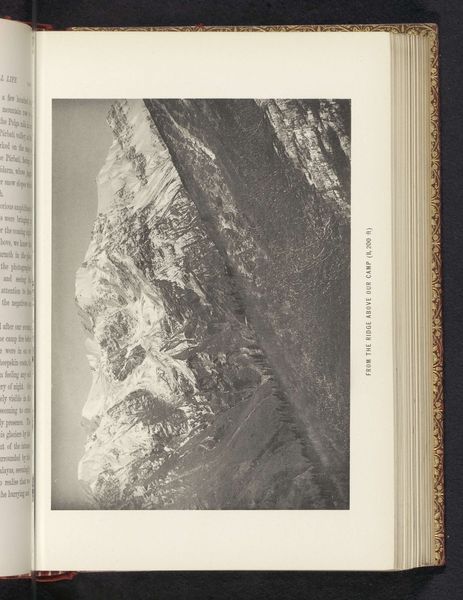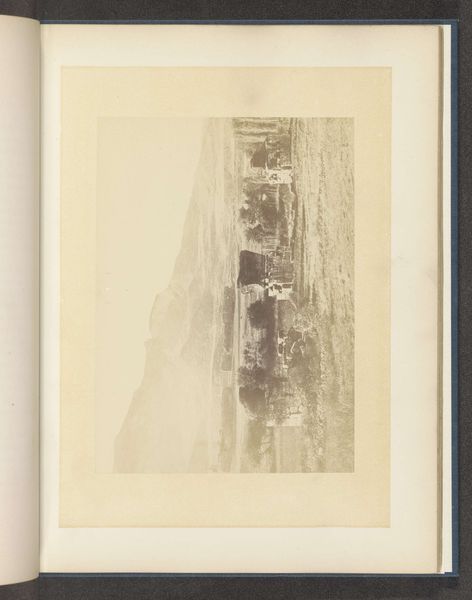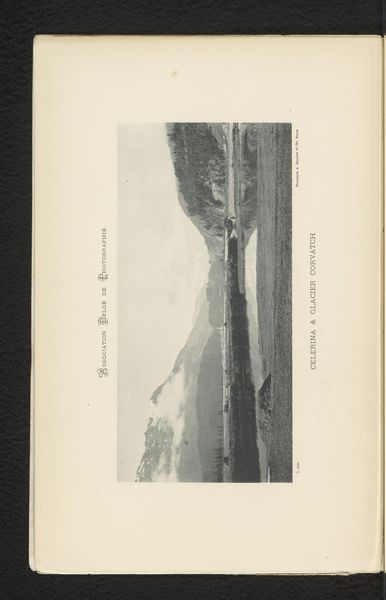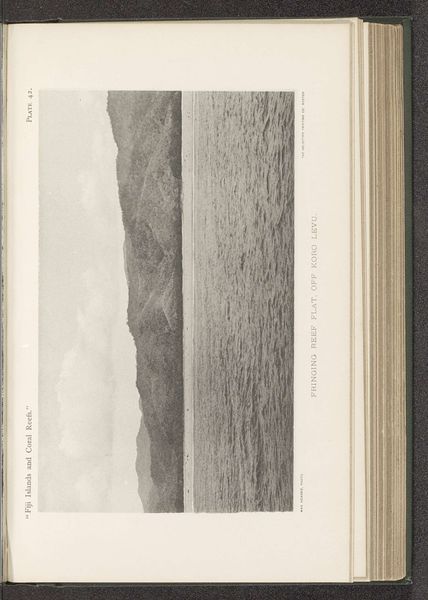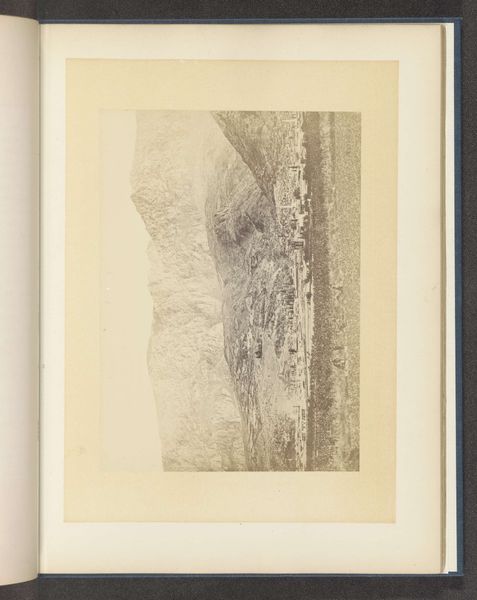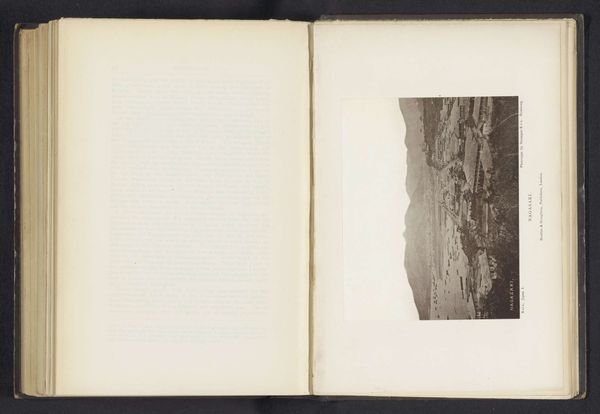
photography, gelatin-silver-print
#
landscape
#
photography
#
coloured pencil
#
gelatin-silver-print
#
realism
Dimensions: height 128 mm, width 168 mm
Copyright: Rijks Museum: Open Domain
Curator: This gelatin-silver print is titled "Shalozán," captured before 1895 by Frederick Saint John Gore. What’s your initial response to this scene? Editor: Stark. Bleak, almost. The mountains in the distance are majestic, but the foreground feels dominated by...scaffolding, or some sort of rudimentary construction. It's unsettling in its rawness. Curator: I think the composition itself is fascinating. The steep, terraced landscape leads the eye, doesn't it, towards those snow-capped peaks, suggesting a negotiation between human labor and the imposing natural world. Consider the historical context. During the late 19th century, images like this were often used to document and even justify colonial endeavors. This work needs situating. What relationship did Gore and photography play in recording the British Empire's expansion into new geographies and territories? And whose perspectives were included and excluded? Editor: The recurring motif of the slope and structure—do these point towards a culture's response to its natural environment, and an early attempt to integrate it? Looking closer, the linear architecture or fences or structures are not visually compatible, with one element clearly overshadowing the other. A certain visual incongruity maybe alludes to the state of an oppressed society. Curator: The repetitive pattern, like the terraced landscaping, is hard to not notice. Could that repetition, that imposed structure, suggest something about social hierarchies and forced labour within a colonial regime? Where the symbolic element in its subjugated composition is of something so grand? Editor: Interesting. You make me consider the symbols associated with altitude: high mountains traditionally mean transcendence, divinity, but this image brings something like subjugation, something man-made disrupting that effect. We are not permitted such elevated interpretations with such conflicting imageries that represent that divinity, but perhaps forced towards a feeling of grounded humanity in an otherwise divine area. Curator: Perhaps, this image can encourage discussion on the themes of power, representation, and cultural encounter in that period. Editor: Definitely, a reflection of history, politics and representation. It all creates for an intriguing historical tableau.
Comments
No comments
Be the first to comment and join the conversation on the ultimate creative platform.
